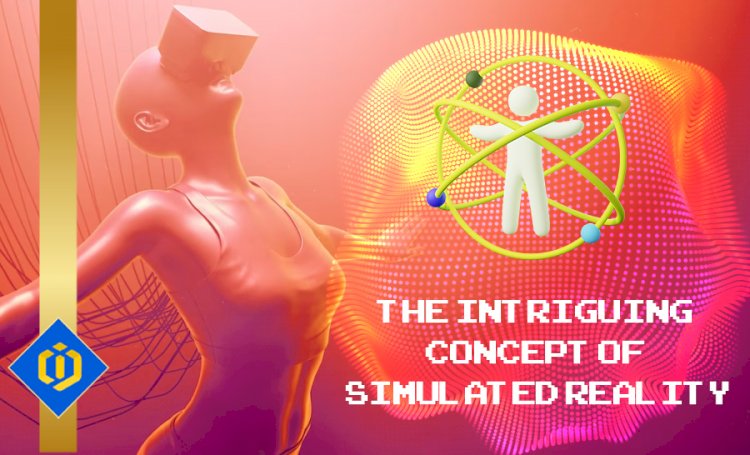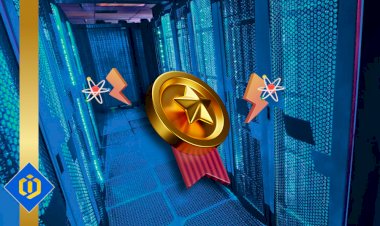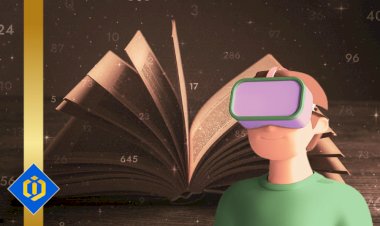Rewards in the Work Environment Likened to a Matrix Simulated Reality

The idea of existing in a simulated reality, similar to the Matrix as portrayed in the eponymous science fiction film from 1999, has received a lot of attention lately. In-depth discussion of the concept is provided in this article, along with an examination of its implications for reality and possible effects on current workplace incentive programs.
The Wachowski brothers and sisters' film The Matrix introduced the world to a fascinating premise: that people unknowingly exist within a computer-generated simulation run by sentient machines. This provocative idea led to numerous philosophical discussions and disagreements about the nature of reality, consciousness, and how we perceive the world.
Despite having fictional roots, the notion of living in a Matrix-like simulation has gained popularity in a number of academic and philosophical circles. Researchers and thinkers have even put forth the Simulation Hypothesis, which holds that it is more likely than not that we are living in a simulation. Oxford philosopher Nick Bostrom is one such researcher and thinker. It is important to note that this hypothesis is still purely speculative and does not have any supporting empirical data.
It is interesting to think about the potential effects of this theory on our daily lives and, more specifically, on our workplaces, even though the question of whether we are living in a simulation of reality is still up for debate. Could, for instance, the way in which workplace incentive programs are designed be compared to a "Matrix game," in which players compete to succeed in a virtual world?
To encourage high performance and engagement among employees, modern workplace reward systems frequently rely on incentives, recognition, and motivation. These programs are made to recognize and honor commitment, ingenuity, and hard work while fostering a competitive environment where workers are constantly striving to achieve their full potential. In this situation, one might contend that workplace incentive programs resemble a game in which employees compete to outperform their peers and succeed personally.
However, it is probably oversimplified to consider workplace incentive systems through the lens of the Matrix or virtual reality. These systems are ultimately based on actual social and economic structures, even though some of their features may seem competitive or like "game-playing.". Employee success goals and motivations are founded in real needs and desires, such as financial security, professional advancement, and personal fulfillment.
Furthermore, the idea of the Matrix is more of a philosophical thought experiment than a literal explanation of how reality works. This suggests that the comparison between the Matrix and incentive programs at work may be more symbolic than literal. While it is intriguing to consider the potential connections between a simulated reality and our working environments, it is important to understand the practical and real-world effects of these systems on employee well-being, engagement, and productivity.
To sum up, the concept of residing in a Matrix-style virtual reality presents an intriguing thought experiment that has sparked significant philosophical discussions and debates. The idea that our reality is a simulation, however, is not currently backed by any conclusive evidence. In terms of motivation and incentives, workplace reward systems can be conceptualized as "games," but not in the sense of a Matrix-style simulation. In the end, understanding and improving workplace reward systems should remain grounded in the real-world context, focusing on the concrete needs and well-being of employees.
Author: Pooyan Ghamari, Swiss Economist

 content-team
content-team 


















